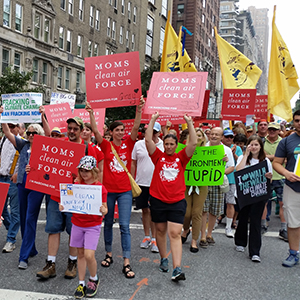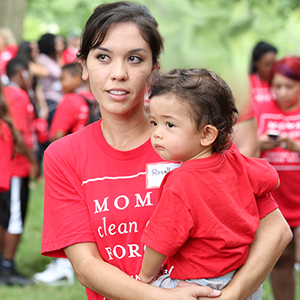
With increasing frequency, studies are pointing to how young children are being impacted by the consequences of air pollution. However, this concern is no longer being examined in isolation. Medical communities are now taking a look at how a range of elements, combined with an exposure to air pollution, causes not only physical problems – but potentially psychological and developmental ramifications as well.
In January, The Journal of Child Psychology and Psychiatry published a study conducted by researchers from the Columbia University Mailman School of Public Health and Columbia Psychiatry. It showed that both a child’s living circumstances, along with environmental factors, can play a part in their psychological development.
The goal was to isolate and track how the neurotoxin polycyclic aromatic hydrocarbons (PAHs), which is a frequent component of air pollution, impacts children. Major sources of emissions come from burning fossil fuels in industrial settings and from vehicle exhaust. The latter is specifically concentrated in urban environments.
The scientific data was used to evaluate the relationship between “prenatal PAH exposure and psychosocial/socioeconomic stress in school-age children.” Dr. Amy Margolis, one of the senior authors wrote, “Children growing up in disadvantaged circumstances are more likely to experience both life stress and exposure to neurotoxic chemicals.” Margolis specializes in working with children who have learning disabilities and attention disorders.
The target population for examination came from two communities in New York City: North Manhattan and the Bronx (Also known as “Asthma Alley.”)
The study is among the first to examine the combination of elevated emotional stress with air pollution, as joint contributors to negative impacts on children’s emotional and psychological health.
The protocol followed tracking the trajectory of primarily African American and Dominican women, during the last three months of their pregnancies. Each woman wore an “air monitory backpack” which measured and uploaded stats which calculated the amount of the air pollution they were exposed to.
When the children were five, mothers gave feedback on quality of life issues including their neighborhoods, money concerns, social safety net availability, and other potential magnets for anxiety or distress. They used a Child Behavior Checklist (CBCL). When the children were ages seven, nine, and eleven, the questions were asked again.
The results showed a greater predisposition to cognitive challenges. The authors write, “This work highlights the critical role of air pollution exposure on child mental health.”
Studies like this ring alarm bells! It’s up to the EPA to protect the health of the next generations. With the EPA rolling back a slew of rules – 95 regulations that were officially reversed and rollbacks still in progress – that protect our children’s health, there couldn’t be a more important time to be demand action today.
TELL CONGRESS: HOLD THE EPA ACCOUNTABLE TO PROTECTING FAMILIES




